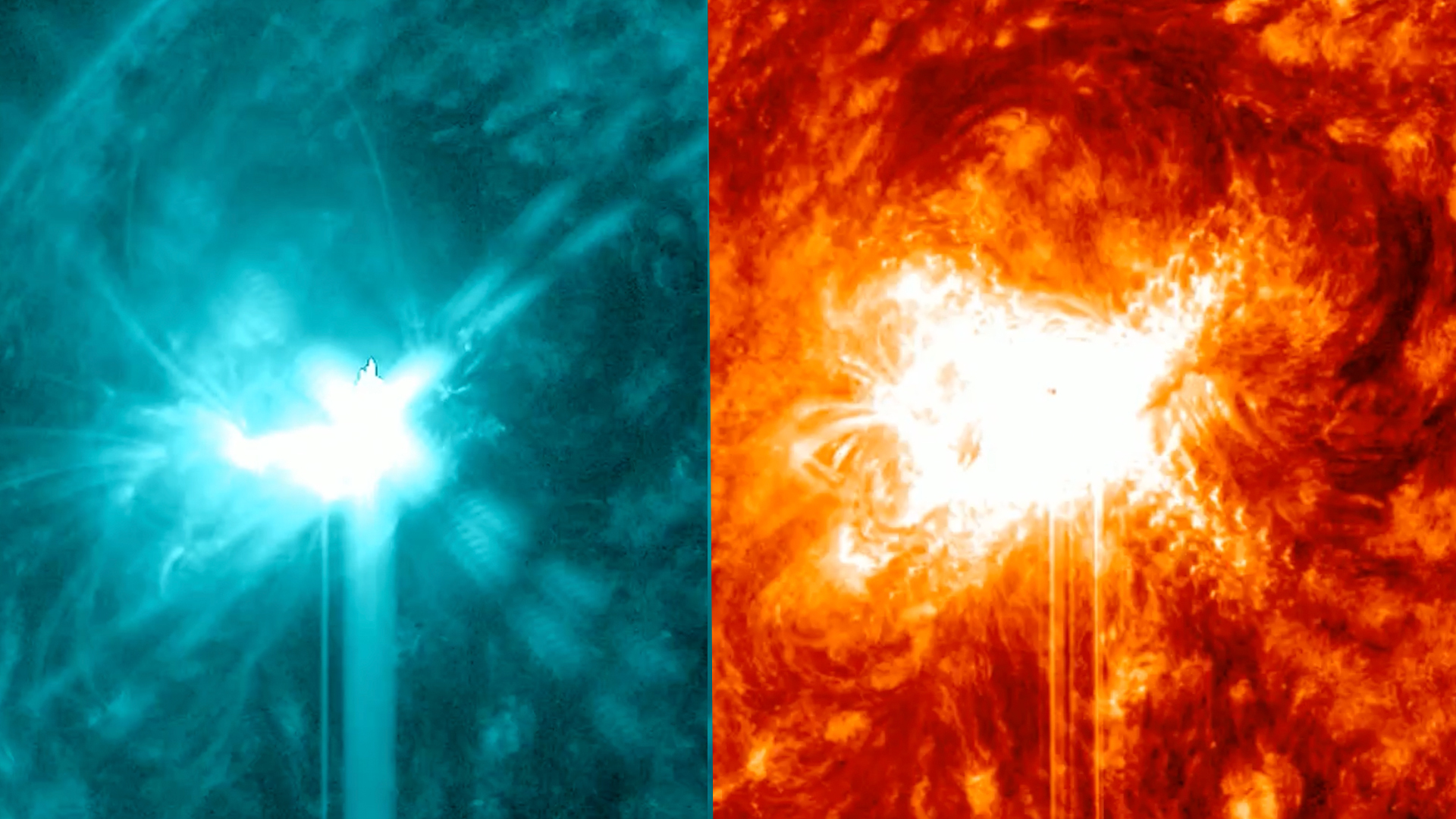
Two outbursts from the sun occurred as widespread cellphone outages were reported throughout the United States on Thursday (Feb. 22).
Two powerful solar flares erupted from the sun on the evening of Wednesday (Feb. 21) and during the early morning of Thursday (Feb. 22). An X1.8-class flare occurred at 6:07 p.m. ET (2307 GMT) on Feb. 21, and another, an X1.7 class flare, erupted at 1:32 a.m. ET (0632 GMT) on Feb. 22. The flares erupted from a region of the sun that "continues to exhibit strong magnetic complexity," the National Oceanic and Atmospheric Administration (NOAA) wrote in a statement about the events.
"No apparent CMEs resulting from these events have been observed as of the time of this writing, but can not be ruled out," the agency added. Nevertheless, NOAA issued an alert today for a solar radio emission at 6:58 a.m. ET (1158 GMT), which are sometimes joined by strong coronal mass ejections (CME) and solar radiation storms.
Related: Solar flares: What are they and how do they affect Earth?

Meanwhile, nationwide throughout the United States, widespread cellular outages were reported on Thursday morning following the solar flares. According to The Associated Press, tens of thousands of outages were reported by major cellular carriers such as AT&T, Verzion and T-Mobile.
It remains unclear if the two events are related, but reports of outages appeared to begin around the same time as the solar flares.
Rapid Fire X-class flares from Region 3590! An X1.9 followed by an X1.7, both causing short-lived R3-level #RadioBlackouts. Ongoing radio & #GPS/#GNSS disruptions over Australia, Indonesia, India, and East Africa now (see colored regions in map). Aviators check ICAO advisories! pic.twitter.com/b3EEcvH5TaFebruary 22, 2024
However, some solar scientists have cast doubts on claims that there is a connection between the two events. "Flares only cause radio degradation on the *dayside* of the Earth. As you can see below, the U.S was not affected by the event. So it's just a coincidence!," solar astrophysicist Ryan French at the National Solar Observatory posted on X.
Some people are attributing cell network outages (AT&T, Verizon) in the U.S to last night’s X-class #SolarFlare. However, flares only cause radio degradation on the *dayside* of the Earth. As you can see below, the U.S was not affected by the event. So it’s just a coincidence! https://t.co/8EQxLV2qVJ pic.twitter.com/A5kImCmStCFebruary 22, 2024
The effects of these flares might continue to be felt for days. In a forecast discussion posted at 7:30 a.m. ET (1230 GMT) on Thursday (Feb. 22), NOAA wrote that an "eruptive filament" was seen exploding from the northwest quadrant of the sun's visible disk on Feb. 21.
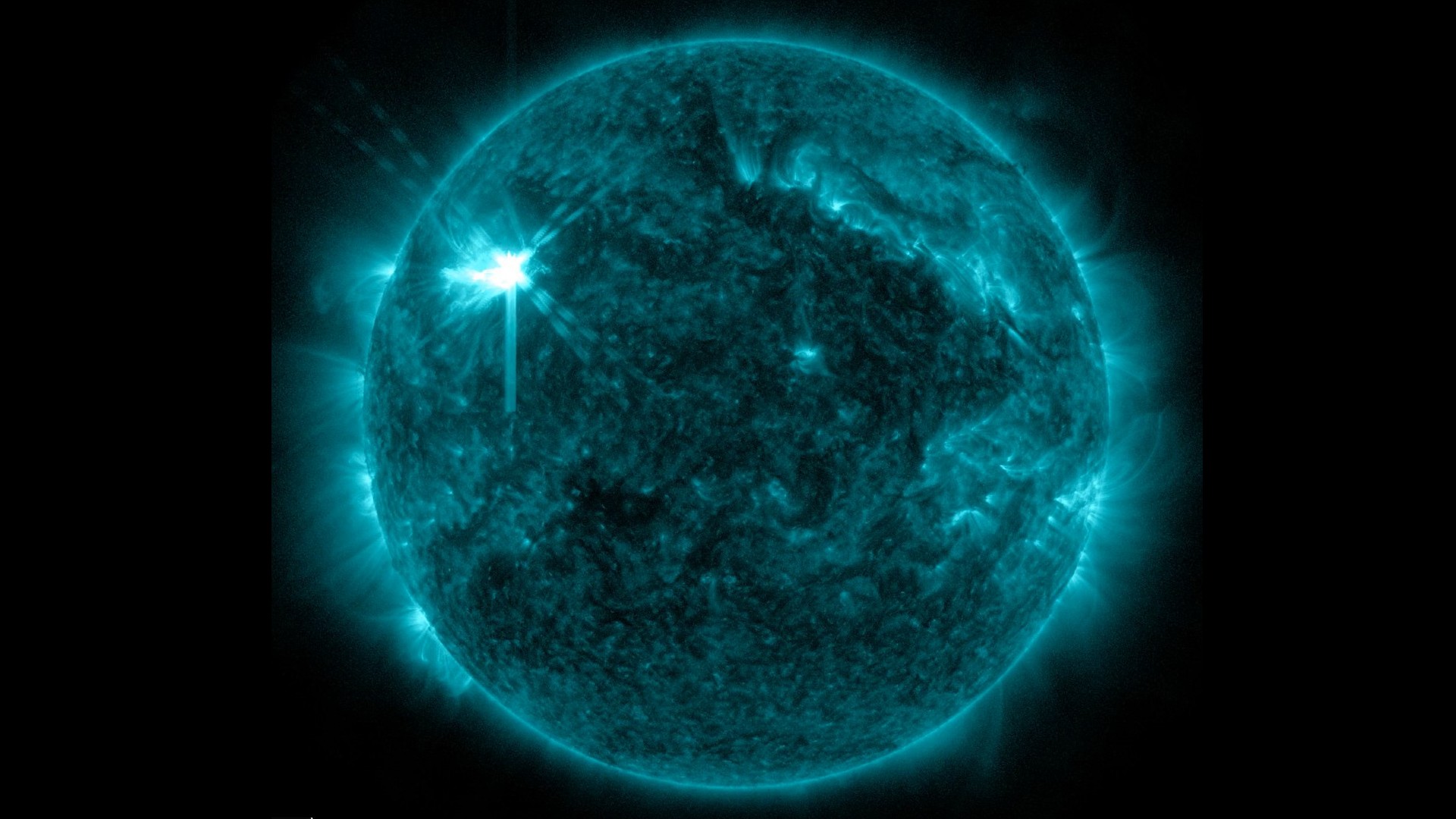
While most of the energetic material that erupted outward is expected to pass ahead of Earth in its orbit around the sun, a "glancing influence" might be possible on Feb. 25, NOAA added.
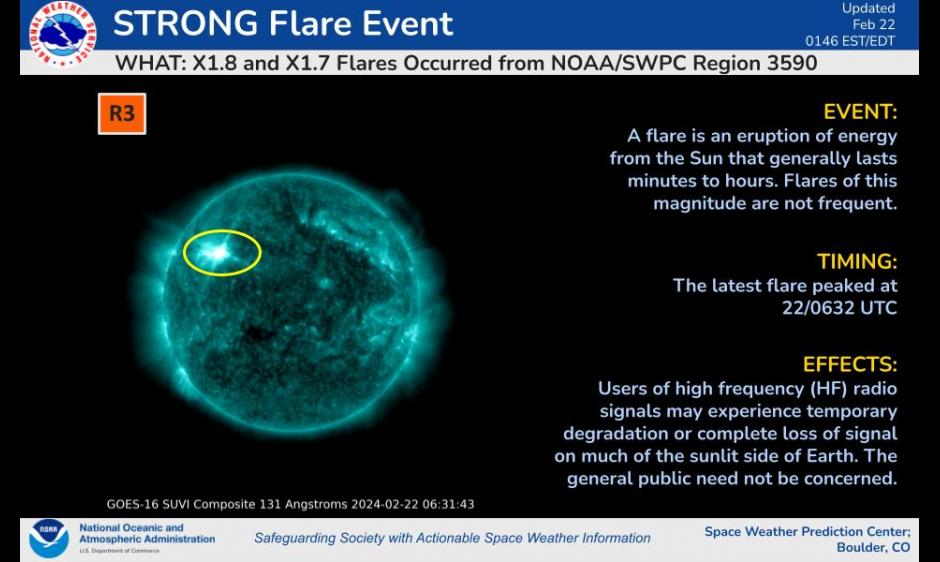
Solar flares are caused when magnetic energy builds up in the sun's atmosphere until the star relieves the buildup in an intense burst of electromagnetic radiation.
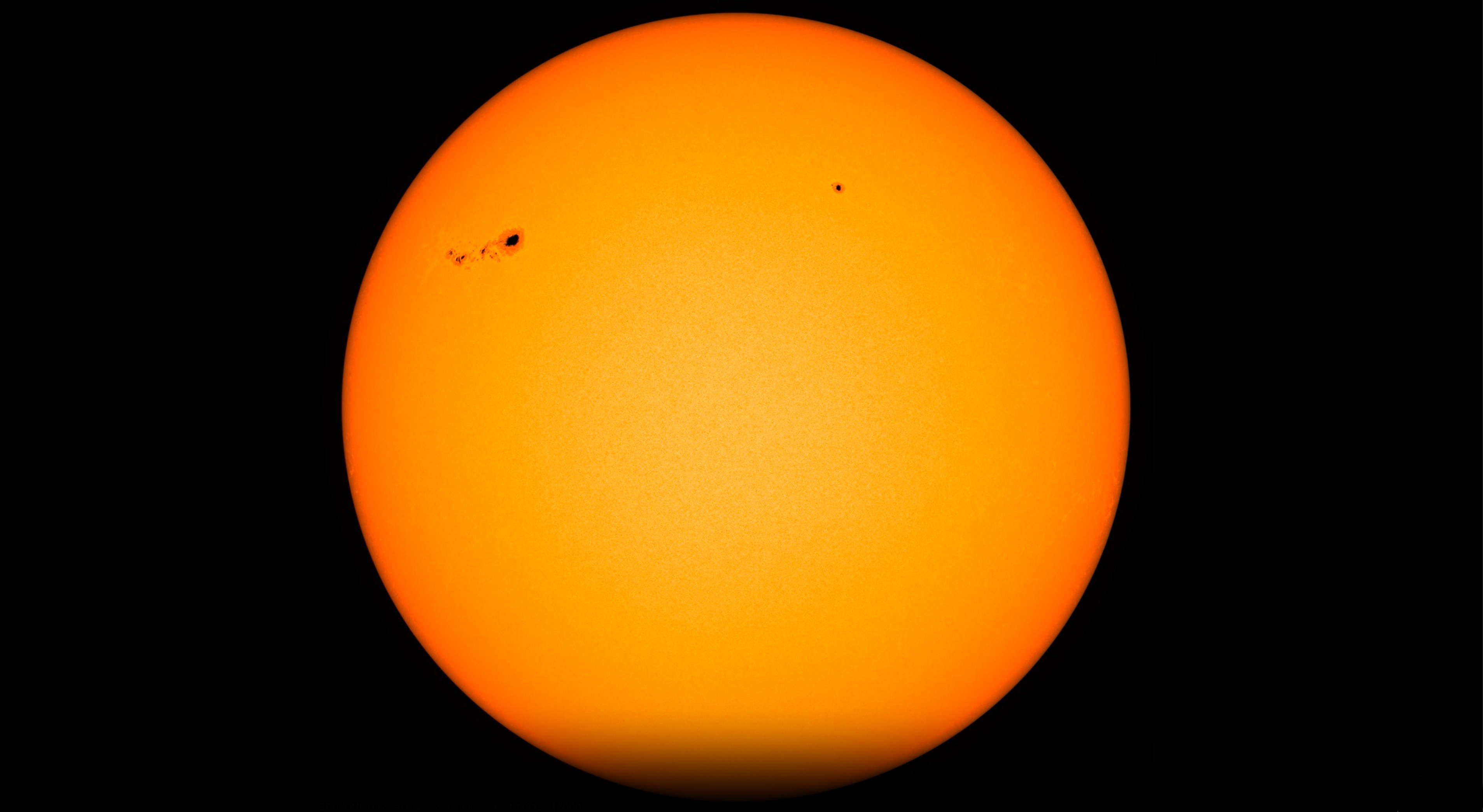
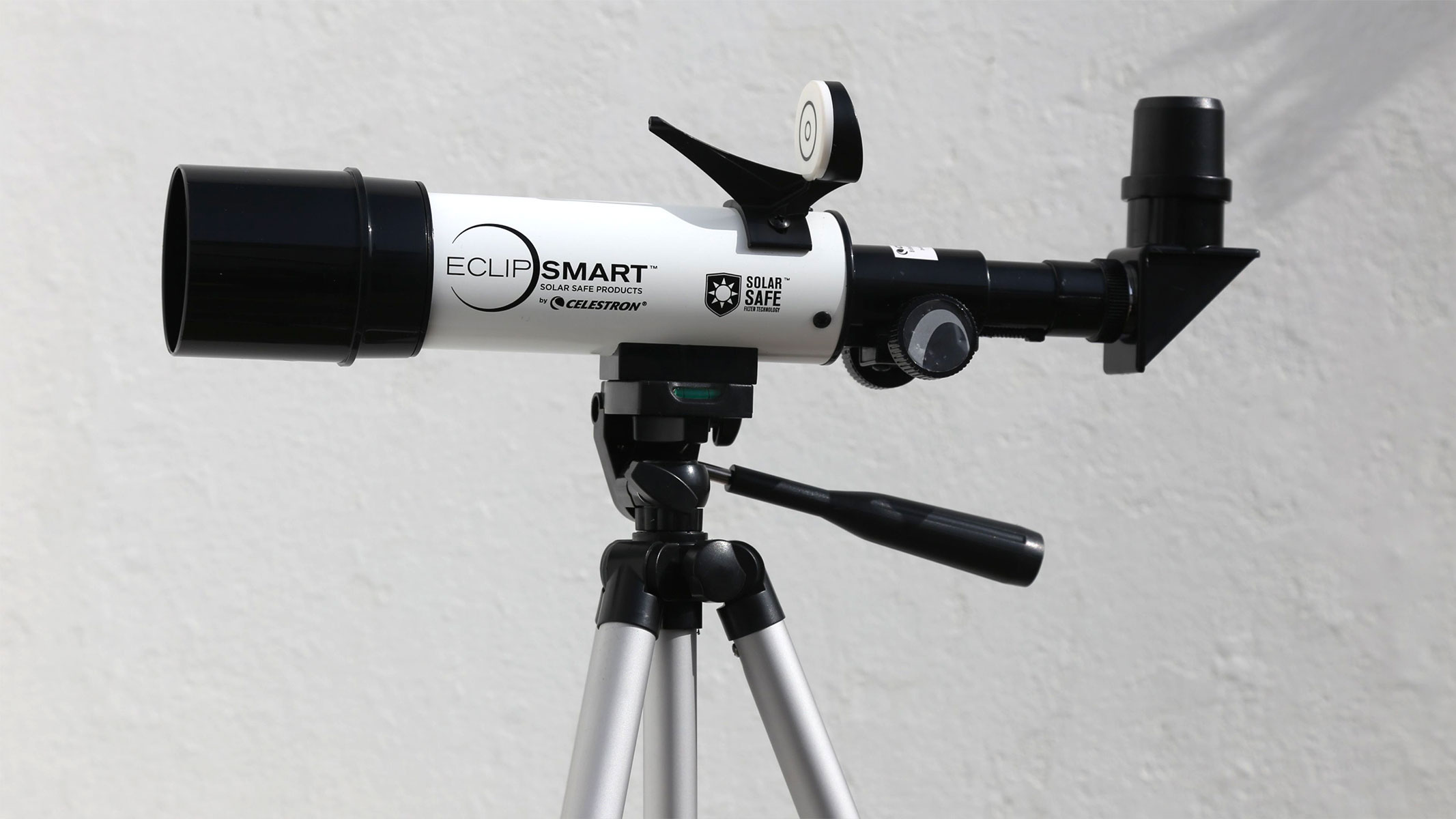
The Celestron EclipSmart Solar Telescope 50 is perfect for simple and safe solar viewing. It comes with a backpack, it's portable, lightweight, cost-effective and has built-in white light filters. It has an excellent finderscope too, making it ideal for viewing the upcoming solar eclipse. We've also reviewed the Celestron EclipSmart Solar Telescope and rate it highly.
These outbursts are ranked by size into lettered groups, with X-class flares being the most powerful. Following X-class, there are M-class flares that are 10 times smaller than X-class flares, then C-class, B-class, and finally, A-class flares which are too weak to affect Earth with any significance. Within each of these classes, numbers from 1 to 10 (and beyond, for X-class flares) are used to denote a flare's relative strength.
The sun's activity is currently increasing as it approaches the most active part of its approximately 11-year solar cycle known as the "solar maximum." While solar maximum could mean we see more space weather events such as communications blackouts, and threats to spacecraft in orbit, it could also lead to more widespread auroras worldwide in a silver lining.
Update for 12:20 p.m.: This piece was updated to include additional comments from solar scientists posted to social media.






